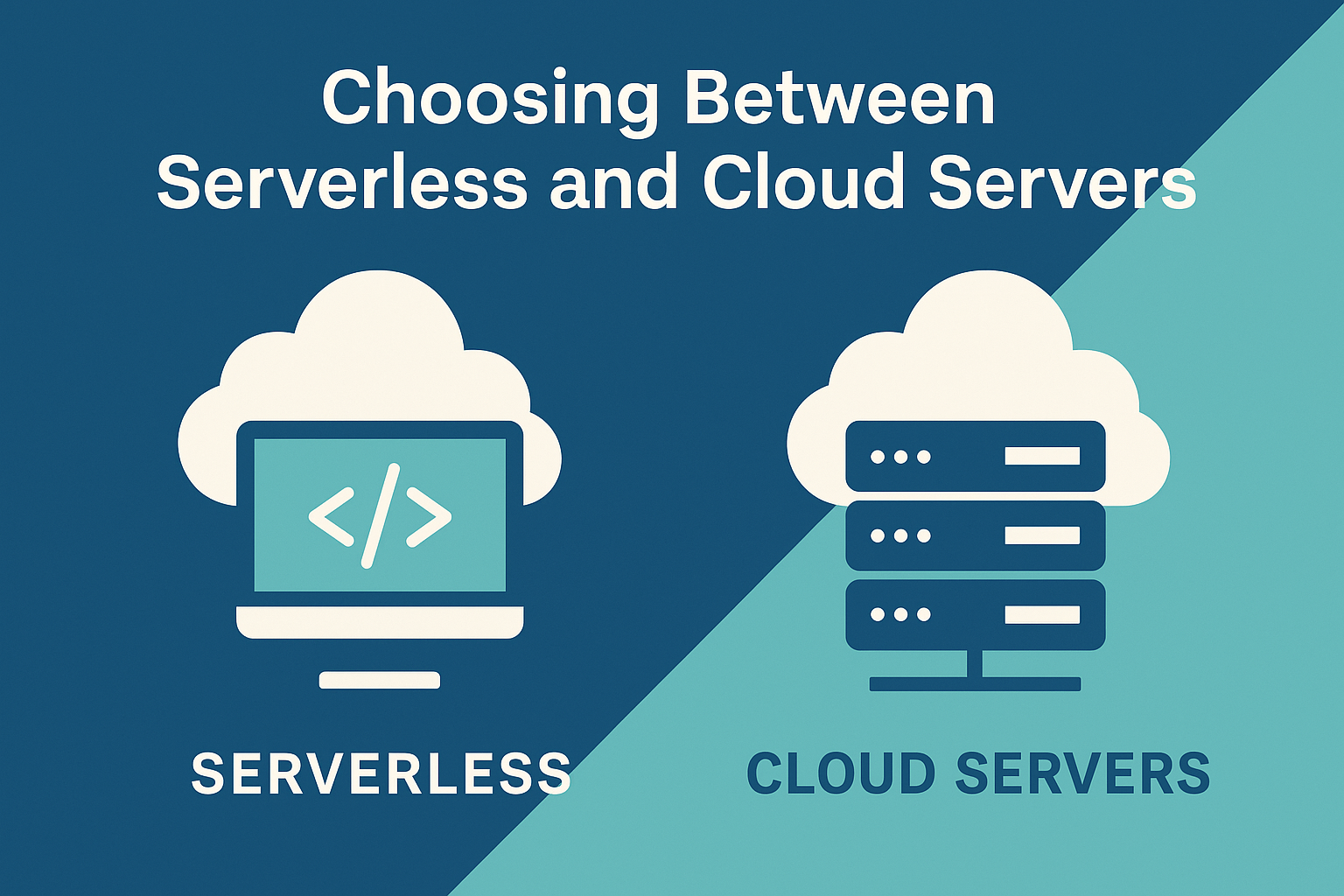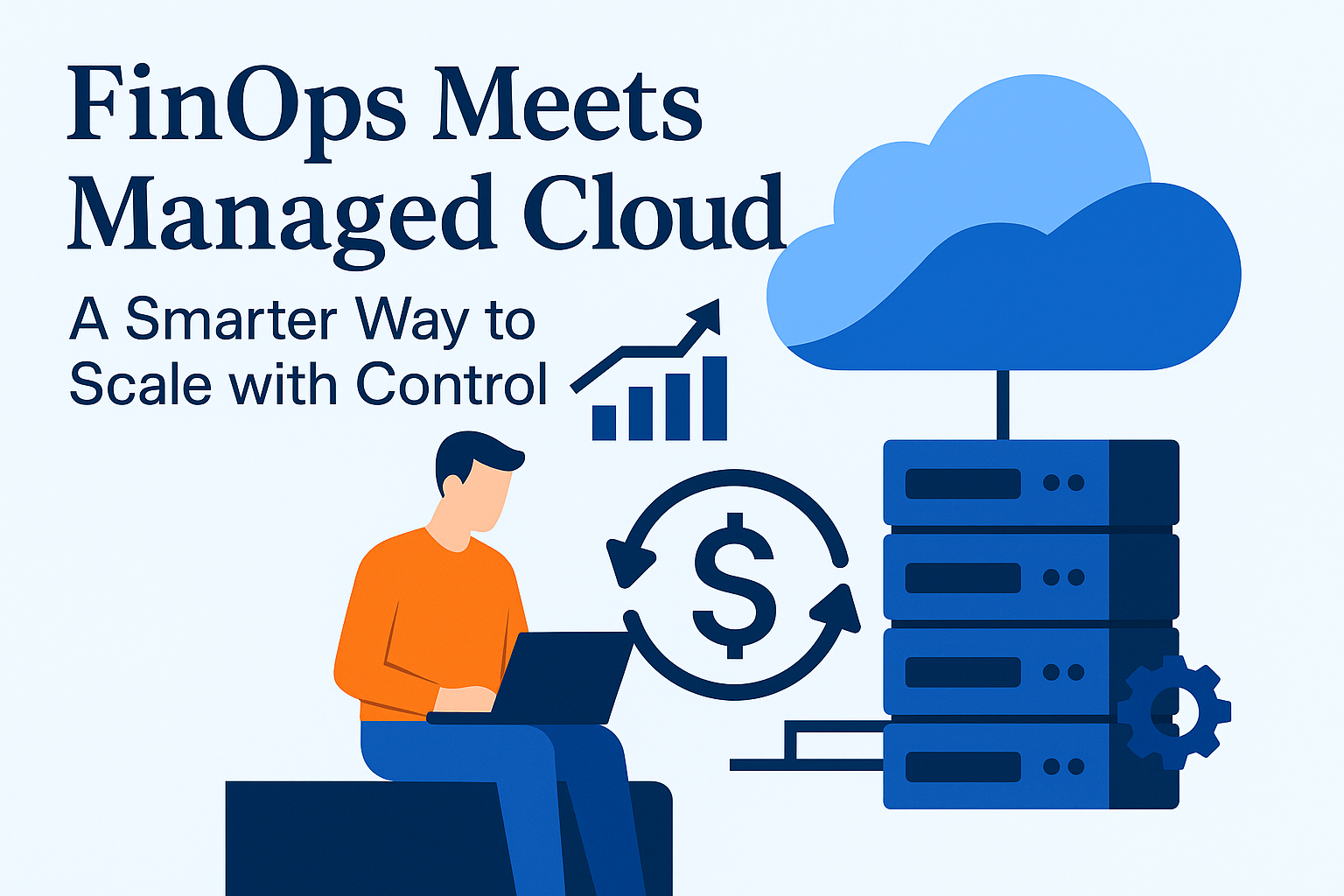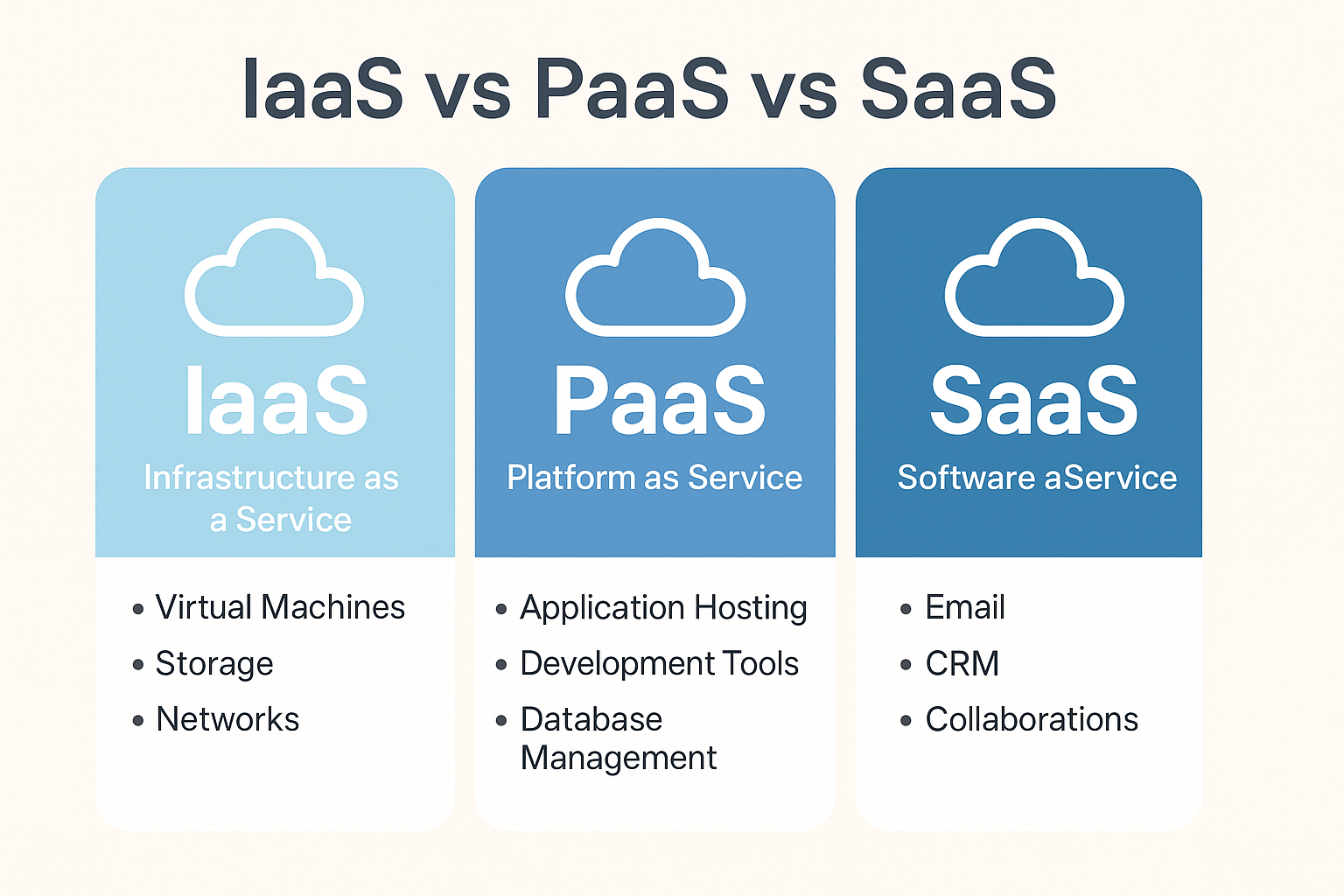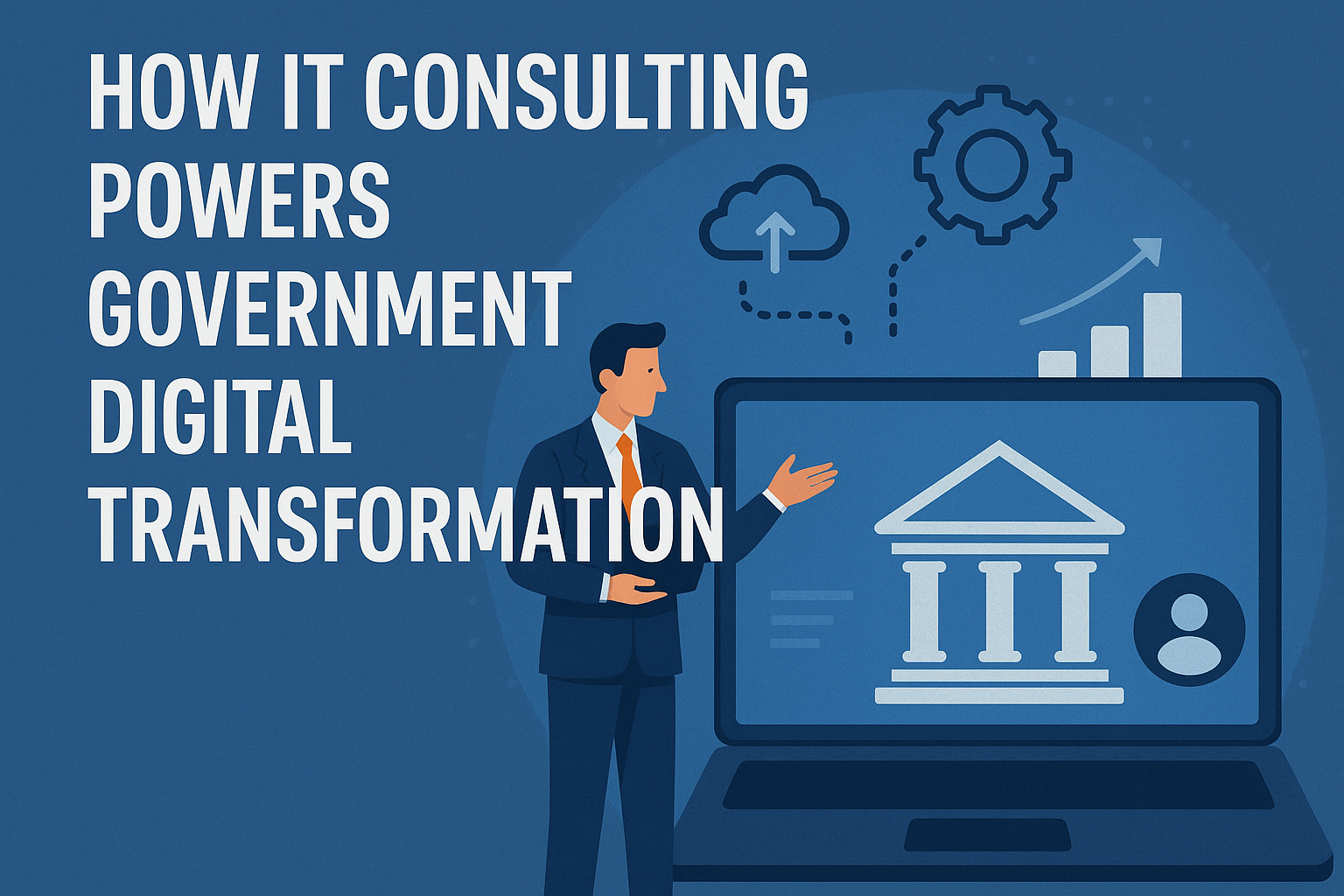Choosing Between Serverless and Cloud Servers

Strong 8k brings an ultra-HD IPTV experience to your living room and your pocket.
In today’s cloud-first world, businesses are always looking for better, more efficient ways to manage their applications. Two of the most talked-about models—serverless computing and cloud servers—offer very different benefits, and understanding those differences can really help teams make smarter decisions.
Understanding the differences—and more importantly, knowing when to use which—can make a significant impact on performance, cost, and scalability.
What Is Serverless Computing?
Serverless is an exciting shift in how applications are built and deployed. But the name itself can be misleading—there are still servers, of course, but you never have to worry about them. The infrastructure is completely managed by the cloud provider. Platforms like AWS Lambda, Azure Functions, and Google Cloud Functions allow developers to focus on writing code while the provider takes care of everything else—scaling, patching, provisioning, and resource allocation.
Imagine writing a function that resizes images or sends a confirmation email when a user signs up, and not having to set up a server or worry about when it should run. You simply write the logic, and the serverless platform executes it only when triggered by an event.
One of the biggest benefits here is cost-efficiency. You only pay for the exact time your code runs—down to the millisecond. So if your application sees unpredictable traffic or performs lightweight tasks, serverless can offer significant savings. Plus, it automatically scales with demand. Whether you get one request or a thousand, the platform adjusts seamlessly.
For businesses looking to move fast, test ideas quickly, or reduce infrastructure overhead, serverless provides a great foundation.
What Are Cloud Servers?
While serverless focuses on automation and simplicity, cloud servers offer control and customization. They are virtual machines you manage in a cloud environment. Services like Amazon EC2, Microsoft Azure VMs, or Google Compute Engine allow you to launch instances with specific operating systems, RAM, storage, and CPU power.
With cloud servers, you manage how your applications are deployed, which frameworks or libraries are installed, and how the environment behaves under various workloads. You also handle scaling policies, security patches, and system updates. This extra responsibility can be a good thing—especially when applications need full-stack support or have specific runtime dependencies.
If you're running a complex web application, hosting a database, or managing internal systems with specific requirements, cloud servers can give you everything you need to operate with consistency and control.
A reliable cloud server hosting solution offers not just virtual resources but also monitoring tools, backup capabilities, access control, and high availability. It’s more than just spinning up a VM—it’s about building a secure, resilient infrastructure tailored to your organization’s goals.
When to Choose Serverless
Serverless is an excellent option when speed and simplicity matter. Startups, small teams, or even enterprise development squads working on new features often turn to serverless because it cuts down setup time. You can quickly deploy functions, build APIs, run backend processes, and respond to real-time events without needing to configure infrastructure.
It’s especially useful for:
- Microservices and modular application designs
- Event-driven applications like notifications or chat bots
- Background jobs such as sending emails or processing images
- Scheduled tasks like daily reports or cleanup scripts
- MVPs or test projects that need rapid iteration
Because you only pay when your code runs, serverless works beautifully for irregular workloads or applications that do not need to run continuously.
When to Choose Cloud Servers
That said, serverless is not the answer to every problem. There are times when cloud servers make a lot more sense. If your application needs to run 24/7, relies on persistent storage, or has complex architecture, a cloud server gives you full control over the environment.
This is often the preferred path for:
- Legacy applications that cannot easily be broken into smaller functions
- Large web apps with multiple moving parts
- Systems requiring long-running processes or high memory use
- Environments that need specific OS-level or network configurations
- Applications that integrate with non-cloud-native systems
Cloud servers offer stability, security, and power. They are built for scale, and when properly managed, can support extremely demanding workloads with high availability.
The Hybrid Reality
What we are increasingly seeing in the tech landscape is not a battle between serverless and cloud servers, but rather a partnership. Many teams are combining both to get the best of each model. Your core application might live on a cloud server, while certain tasks—like file uploads, authentication tokens, or webhook listeners—are offloaded to serverless functions.
This hybrid approach offers flexibility. You optimize performance and cost by using the right tool for each job. You do not have to be locked into one architecture. Instead, you adapt based on what your users and applications need in real time.
By integrating both models, companies can remain agile while building secure and scalable infrastructures that support modern business demands.
Conclusion
Choosing between serverless and cloud servers is less about which one is better and more about which one fits your workload, team, and goals. Each has strengths—serverless simplifies deployment and reduces cost, while cloud servers offer control and power.
If your goal is to move fast, reduce infrastructure overhead, or handle short, bursty workloads, serverless could be the answer. But if your app needs to run continuously, has custom configurations, or needs complete control over the environment, cloud servers are the better fit.
And sometimes, the smartest move is using both.
The key is flexibility. Build with agility, scale with purpose, and let your architecture support your innovation—not slow it down.
Note: IndiBlogHub features both user-submitted and editorial content. We do not verify third-party contributions. Read our Disclaimer and Privacy Policyfor details.







